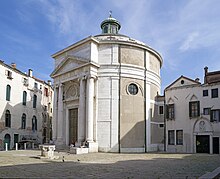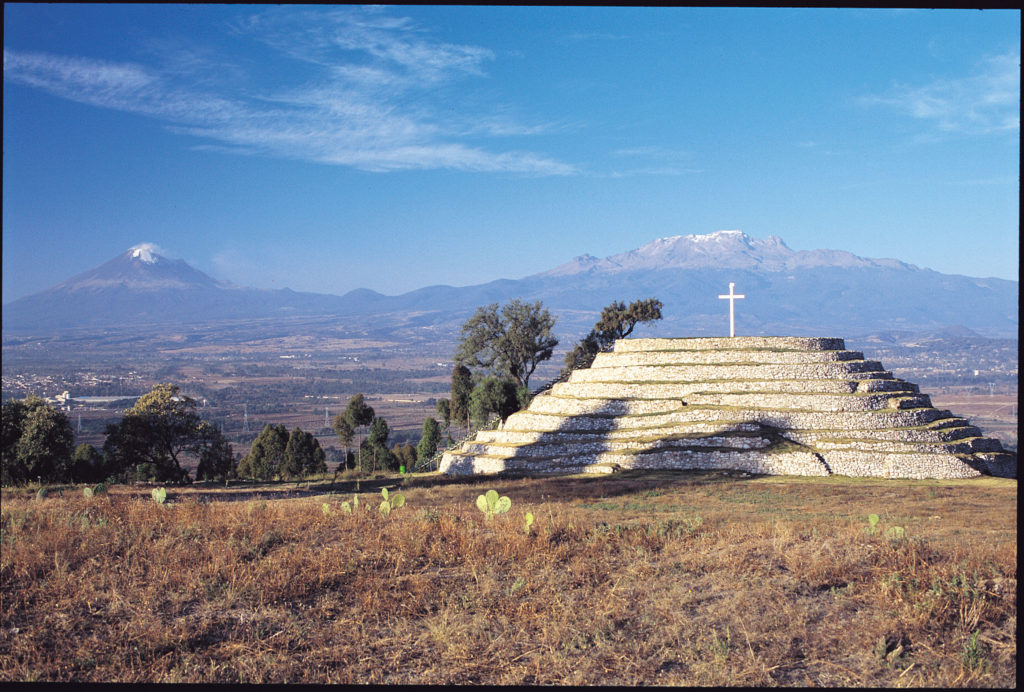La Maddalena and Masonic Symbolism
La Maddalena and Masonic Symbolism. This small church in Cannaregio, is notable for its unusual round form and masonic symbolism.
Designed by Tommaso Temanza, with a circular plan inspired by the Pantheon in Rome; the current small church of Santa Maria Maddalena, was begun in 1763 and completed in 1780.
It is rarely open for visits, except during occasional exhibitions, including the Venice Biennale. To some, it appears to amplify the mysteries of this church.
It is located in a small campo, that opens out on to the main pedestrian “Strada Nuova” through-route; linking Rialto with the Railway Station.
Location
History
Links to Freemasonry
Brief development of Freemasonry in Venice
Links (internal-external)

Santa Maria Maddalena in the district of Cannaregio, usually referred to simply as “La Maddalena”.
LOCATION
Santa Maria Maddalena in the district of Cannaregio, usually referred to simply as “La Maddalena”. It is located in the small Campo di Maddalena, which opens onto the main “Strada Nuova” through route; linking Rialto with the Railway Station.
This section of the Strada Nuova, is called the “Rio Terra Maddalena” and was originally a filled-up canal (or Rio Terra).
The closest waterbus stop is “San Marcuola” on the Grand Canal, just a few minutes walk to the south-west.
La Maddalena and Masonic Symbolism – History
The first church here was built in 1220, by the patrician Balbo family; probably on the site of a fortified house-castle. There is some evidence of the family’s association with the Knights Templar. Traces of the path left by the Templars’, are still visible today. In fact, they were still in existence in Venice, until the order was disbanded in 1312. Legend has it, that their fabled treasure was hidden for some time, on the Venetian island of St. Giorgio in Alga.

Above: Note the Bell-Tower, that was demolished in 1888, features in an old print.
After the end of the four wars, that led Venice against Genoa and ended in 1356; the Senate decided each year to hold public celebrations, in honour of St Mary Magdalene.
It was decided to enlarge the church, including a watchtower; which was turned into a bell tower. The bell tower was demolished in 1888.
The church was restored in the early 18th century, but by 1780, it was entirely rebuilt in a neoclassical design by Tommaso Temanza, with a circular plan inspired by the Pantheon and Santo Stefano Rotondo, in Rome. Temanza, was better known as a theorist and historian and this is one of his few completed buildings.
This makes it the last religious building undertaken, under an independent Venetian Republic. The only other round churches in Venice are La Salute and San Simeon Piccolo.
During French rule, the church lost its status in 1810 as a parish church, in 1820 it was closed; to again serve as an oratory. The bell tower was demolished in 1888. Today, the church belongs to the municipality of San Marcuola.
The present interior has a compact form that is dodecagonal. with four side chapels and a presbytery. Twelve ionic pillars that symbolise the apostles, support the dome. Four Ionic half-columns support the tympanum and attic.
In the lunette of the portal, is an allegorical representation of the Solomon Islands and divine wisdom. Right next to the entrance in the interior, is a painting by Giandomenico Tiepolo, of “The Last Supper”.
Outside the apse, is a 15th-century bas relief of the Madonna with Child.
La Maddalena and Masonic Symbolism – Links to Freemasonry
The most notable feature is the flat portal, with probable masonic symbolism of “the eye within the triangle” over the doorway.
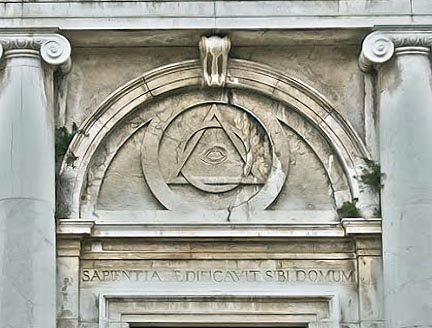
Obviously round churches have existed since antiquity and the “eye within the triangle”, has long been a Christian symbol. However, there is further strong associations with Freemasonry here.
Thomas Temanza, frequented the circle of Andrea Memmo, a procurator of San Marco, who, together with his brothers Bernardo and Lorenzo; were amongst the first most well-known Freemasons in Venice. They were initiated by non-other than Casanova!
Also, on the pediment is the inscription “Sapienta aedificavit sibi domun”, which might be translated to read ”Wisdom built this House Herself” – a motto that appears to deny the role of God.
Further evidence of Freemasonry can be seen inside.
Temanza’s church originally, had only a single altar, “for a single Supreme Being”; as the Masonic creed urged. Contrary to custom in other Venetian churches, there were no altars to the Virgin, Mary Magdalene, or any other saint. Two additional altars were later added, to erase this Masonic influence.
Another piece of evidence, is that inside is the tombstone of Tomasso Temanza, bearing the date of his death (1789), a compass, ruler and set-square. Admittedly, the tools of his architectural profession; they are also well-known Masonic symbols.
Brief development of Freemasonry in Venice
It was the “Age of the Enlightenment” and the rationalism associated with the Masons, was in vogue. In the 18th century, Venice had an influential fraternity of freemasons.
In 1746, a lodge was founded in Venice, which became associated with Giacomo Casanova, Carlo Goldoni, and Francesco Griselini. It survived until 1755, when the intervention of the “Inquisition”; led to the arrest of Casanova and the dissolution of the lodge.
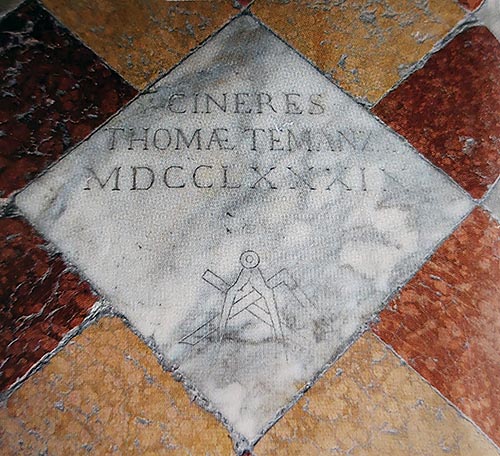
Above: The tombstone of Tomasso Temanza, bearing the date of his death (1789), a compass, ruler and set-square.
New lodges were founded in 1772, with warrants from the Premier Grand Lodge of England, in Venice and Verona, on the initiative of the Secretary of the Senate, Peter Gratarol; which remained active until 1777.
The Rite of Strict Observance established a chapter in Padua in 1781, which opened another in Vicenza shortly afterwards.
All Freemasonry was suppressed in 1785.
The start of the unification process in 1859, saw a revival in Freemasonry. Giuseppe Garibaldi, a leader of Italian unification, was an active mason and a keen supporter of the craft. In the 1920’s, Freemasonry was again suppressed under Fascism; but revived again after the fall of Benito Mussolini.
Links (internal–external)
Please see my other related posts, in the category of: History and Architecture
For those interested in the mysterious, mythical or dark side of Venetian history and culture; I have put together a list of links below to those posts that include elements of Christian Symbolism, Sacred Geometry, Kabbalah, Freemasonry and Alchemy, which I hope to expand.
Eye of the Triangle
Sacred Geometry
St Mark’s Basilica
The Lion of St Mark
Santa Maria della Salute
Symbolism of the Venetian Cross
Palazzo Lezze and Alchemic Symbolism
Kabbalah and San Francesco della Vigna
https://imagesofvenice.com/la-maddalena-and-masonic-symbolism/ 









